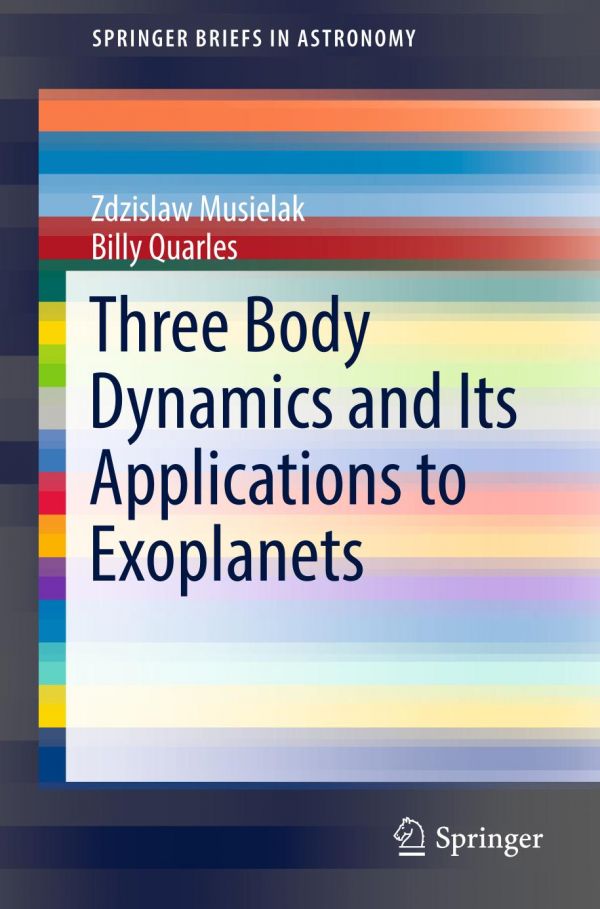

Most ebook files are in PDF format, so you can easily read them using various software such as Foxit Reader or directly on the Google Chrome browser.
Some ebook files are released by publishers in other formats such as .awz, .mobi, .epub, .fb2, etc. You may need to install specific software to read these formats on mobile/PC, such as Calibre.
Please read the tutorial at this link: https://ebookbell.com/faq
We offer FREE conversion to the popular formats you request; however, this may take some time. Therefore, right after payment, please email us, and we will try to provide the service as quickly as possible.
For some exceptional file formats or broken links (if any), please refrain from opening any disputes. Instead, email us first, and we will try to assist within a maximum of 6 hours.
EbookBell Team

4.4
52 reviewsThis brief book provides an overview of the gravitational orbital evolution of few-body systems, in particular those consisting of three bodies. The authors present the historical context that begins with the origin of the problem as defined by Newton, which was followed up by Euler, Lagrange, Laplace, and many others. Additionally, they consider the modern works from the 20th and 21st centuries that describe the development of powerful analytical methods by Poincare and others. The development of numerical tools, including modern symplectic methods, are presented as they pertain to the identification of short-term chaos and long term integrations of the orbits of many astronomical architectures such as stellar triples, planets in binaries, and single stars that host multiple exoplanets. The book includes some of the latest discoveries from the Kepler and now K2 missions, as well as applications to exoplanets discovered via the radial velocity method. Specifically, the authors give a unique perspective in relation to the discovery of planets in binary star systems and the current search for extrasolar moons.